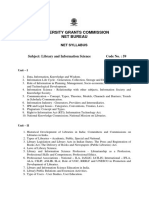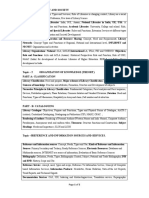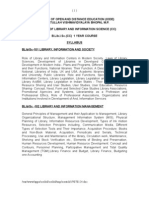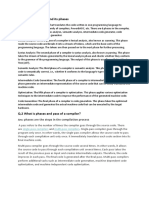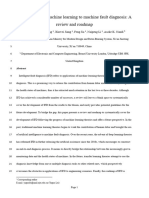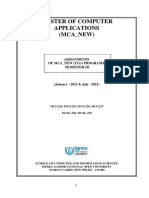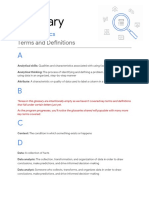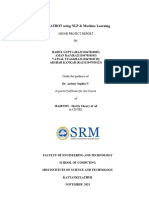0% found this document useful (0 votes)
84 views5 pages514 KVS Syllabus Library Science by ? ? ? ? ? NA
The KVS Librarian Syllabus outlines the curriculum for library and information science, covering foundational concepts, knowledge organization, information technology, library management, information sources and services, and library users. It includes various units focusing on library as a social institution, normative principles, laws, professional ethics, management techniques, and user education. The syllabus emphasizes the importance of both theoretical knowledge and practical skills in the field of librarianship.
Uploaded by
pjwf5sy7q4Copyright
© © All Rights Reserved
We take content rights seriously. If you suspect this is your content, claim it here.
Available Formats
Download as PDF, TXT or read online on Scribd
0% found this document useful (0 votes)
84 views5 pages514 KVS Syllabus Library Science by ? ? ? ? ? NA
The KVS Librarian Syllabus outlines the curriculum for library and information science, covering foundational concepts, knowledge organization, information technology, library management, information sources and services, and library users. It includes various units focusing on library as a social institution, normative principles, laws, professional ethics, management techniques, and user education. The syllabus emphasizes the importance of both theoretical knowledge and practical skills in the field of librarianship.
Uploaded by
pjwf5sy7q4Copyright
© © All Rights Reserved
We take content rights seriously. If you suspect this is your content, claim it here.
Available Formats
Download as PDF, TXT or read online on Scribd
/ 5













